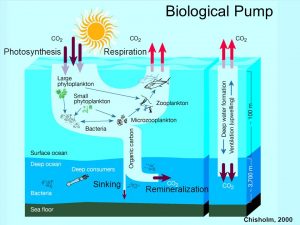Many people in society still shy away from talking about a women’s menstrual cycle, aka periods. Even though there is a general awkwardness around talks about periods, there are some really cool facts about them too. Besides being the by-product of a woman not getting pregnant, there has been an on-going theory that women’s cycles can actually synchronize with one another.
Why did people originally assume that women’s menstrual cycles synchronize with one another over time? To answer this question, one needs to consider the pheromones that women release. It was originally believed that women give off pheromones and when women are in one another’s presence, these pheromones cause their periods to synchronize.
Another reason people may have believed this is due to a study conducted in 1971, which is further explained in the video below. This study claimed that menstrual cycle synchronization was in fact real and that collected data supported this. Unfortunately, when more scientists tried to replicate this experiment in the future, they were not able to get the same results.

After hearing this, many people wonder if menstrual cycle synchronization is just a myth or a fact about the female reproductive system. Based on a more recent study conducted at the University of Oxford, the synchronization of periods is in fact a myth. The study was conducted using an app called Clue to collect data regarding participants cycles. Furthermore, 360 women participated in the study and 273 pairs of women had differing menstrual cycle times compared to one another. Based on this data, the researchers concluded that women’s periods do not sync with one another, proving the age-old myth wrong.
Why do some people continue to claim their periods are in sync? According to the study, women’s cycles are different time lengths compared to one another and this can result in an overlap of two women’s cycles at a certain time. This random overlapping may be the reason people still believe their periods become in-sync with one another.
Even though periods don’t really sync with one another, the theory of it was really neat. It would have been awesome to have someone binge-eat chocolate with me!
Author: Moneek Gill





